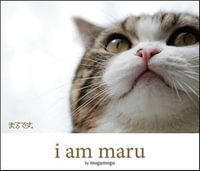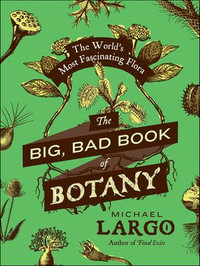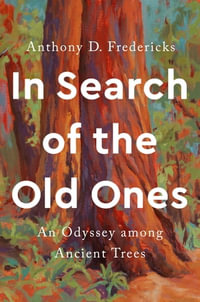Floriography, commonly referred to as the "language of flowers," is the art of assigning various flowers, plants, and herbs symbolic meanings. This practice dates back to ancient time when messages and emotions were expressed through flowers. In the Victorian era, floriography gained popularity as a means of communicating emotions that were too private to express verbally, particularly for courtship and romantic purposes.
Each flower has a special meaning, and a flower arrangement can convey a variety of meanings based on the type of flowers, their colors, and how they are arranged. It is a complex and nuanced art form since the language of flowers frequently contains hidden messages and subtle symbols.
Throughout the Victorian era, floriography became widely used as a way of communication between lovers and friends. During this era, certain flowers had specific meanings and were used to represent various emotions. For example, a red rose was a symbol of romantic love, whereas a white rose symbolized purity and innocence. Lavender was believed to symbolize devotion and loyalty, and daisies were thought to represent childhood innocence and purity. These flowers were frequently used in bouquets and other floral arrangements that people gave to their loved ones as a way of expressing affection and admiration.
While floriography has evolved to include new interpretations and meanings, it is still used today in many parts of the world. Flowers are still used to send messages in some cultures, while they are still utilized for religious or ceremonial purposes in others. For example, the chrysanthemum is a representation of the imperial family in Japan and is used in ceremonies and as a symbol of honor.

























